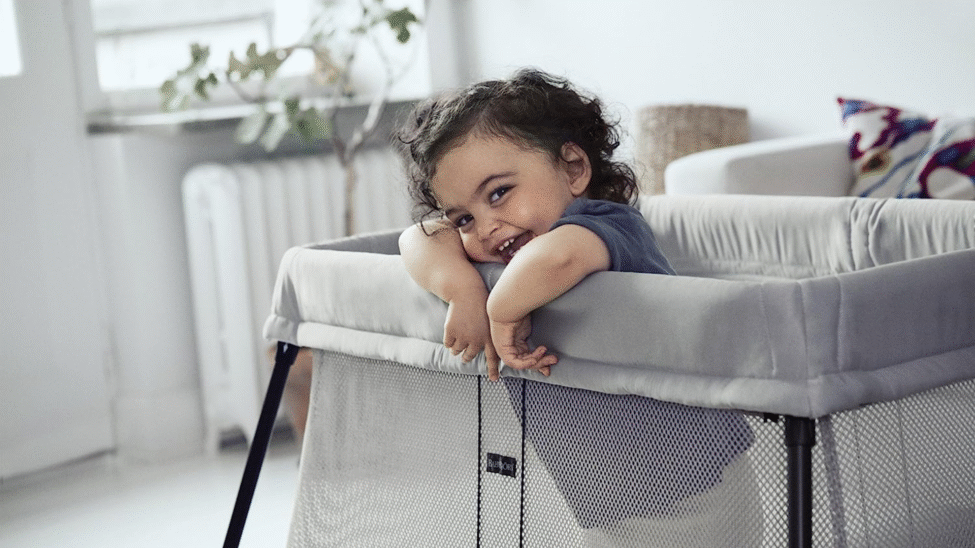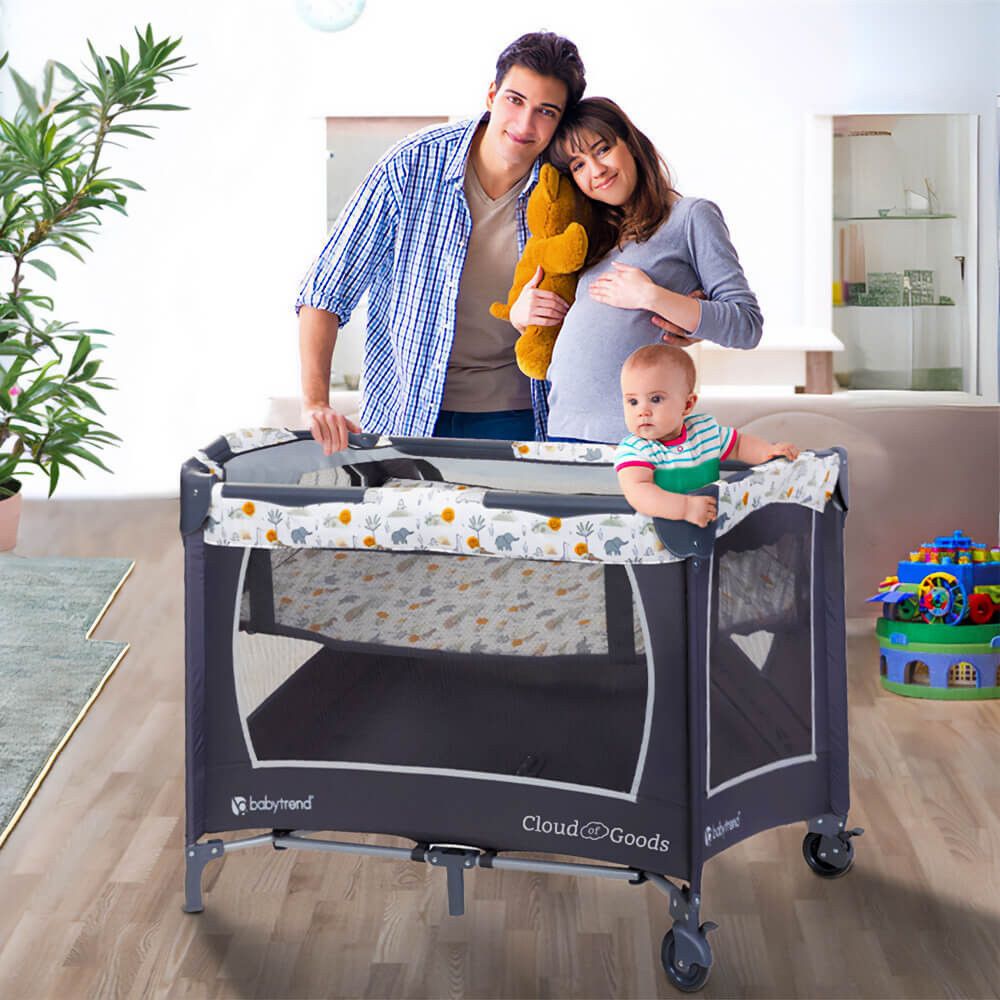
Why I Only Discovered Folding Cribs with Baby #2
With my first child, I had every item from the big “newborn checklist.” Solid crib, classic changing table, blackout curtains — the works. I didn’t even consider anything portable. Why would I need a travel crib if I wasn’t planning to travel?
Fast forward to baby number two. We moved twice in his first year. My mother-in-law got sick, and we had to stay with her for three weeks. And suddenly, setting up a full-size wooden crib in someone else’s guest room seemed completely unrealistic.
That’s when I met the folding crib. Lightweight, easy to pop open and surprisingly sturdy. I kicked myself for not exploring them sooner.
I always thought portable cribs were just cheap alternatives. I had no idea they could become your everyday solution.
When Portable Doesn’t Mean Compromise
I used to think portable cribs were only good for an occasional trip to grandma’s. Something you’d use once or twice and then forget in the attic. But after trying a few models, I realized the better ones aren’t just for backup — they can be main beds, especially in small apartments or for families who move often.
A friend of mine, Anna, lives in a studio with her partner and their daughter. She uses a folding crib every day because it fits perfectly between their bed and the wardrobe. At night, it’s the baby’s space. In the morning, it folds down and they reclaim their living room.

It’s not just about saving space. For some, it’s about flexibility. About not needing a huge nursery setup to give your baby a safe place to sleep.
Features That Matter More Than Labels
You’d be surprised how many folding cribs promise everything and deliver little. Some look pretty in pictures but wobble like jelly once assembled. Others boast “breathable mesh” but feel like plastic wrap. Here’s what helped me separate the fluff from the real deal:
- Check how stable it feels when you push down gently on the sides
- Look at how many locking points there are — the more, the better
- Make sure the mattress isn’t thinner than your yoga mat
Also, pay attention to folding mechanisms. One model I tested pinched my fingers. Another folded beautifully but was too wide to fit through the doorway once opened. That kind of thing matters when you’re trying not to wake a baby at 2 a.m.
If it takes longer to fold than to calm a crying baby, it’s not the one.
Real Parents, Real Stories
Marina, a client I worked with recently, had her baby during home renovations. Their nursery was just a dusty promise for months. She set up a folding crib in their living room — and that little nook became their sleep zone for the first five months. Her words: “Without it, we would’ve had to move.”
Another mom I spoke with, Daria, used a portable crib as her main one for twins during their first three months. She had two identical models, folded them each morning, and transformed the room into a play area by noon. That flexibility made a huge difference in their daily rhythm.
I’ve heard so many variations of the same story: parents expecting to use these cribs once or twice, and ending up relying on them for months.
Little Things That Change Everything
If you’re thinking about getting a folding crib, here are some lesser-known things worth planning ahead for:
- Get a backup mattress cover. The original ones take forever to dry.
- Try folding it with one hand — because you won’t always have two free.
- See if it fits in your trunk with the stroller. Some don’t.
Sometimes the best baby gear isn’t the most expensive. It’s the one that fits your actual life.
We ended up keeping ours even after our baby moved to a bigger crib. We still bring it along to friends’ houses if we stay late. It became part of our rhythm — pack snacks, diapers, folding crib.


